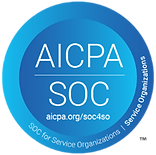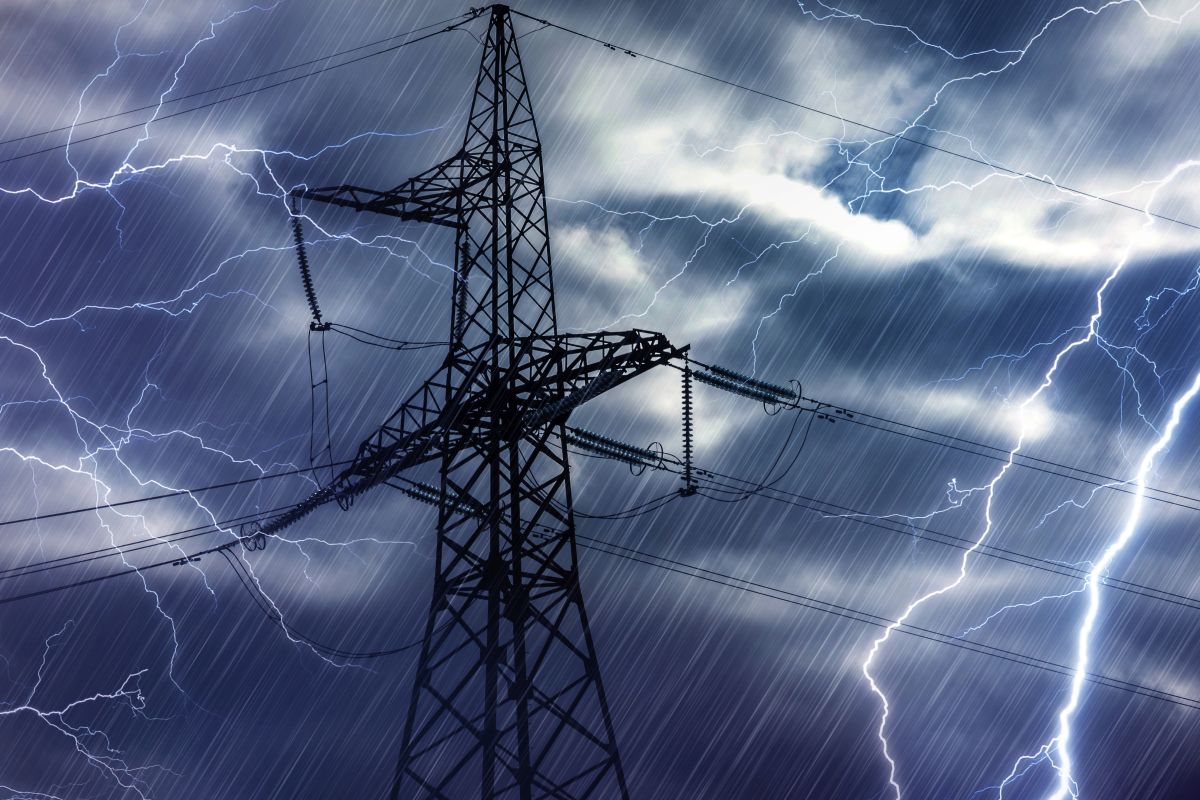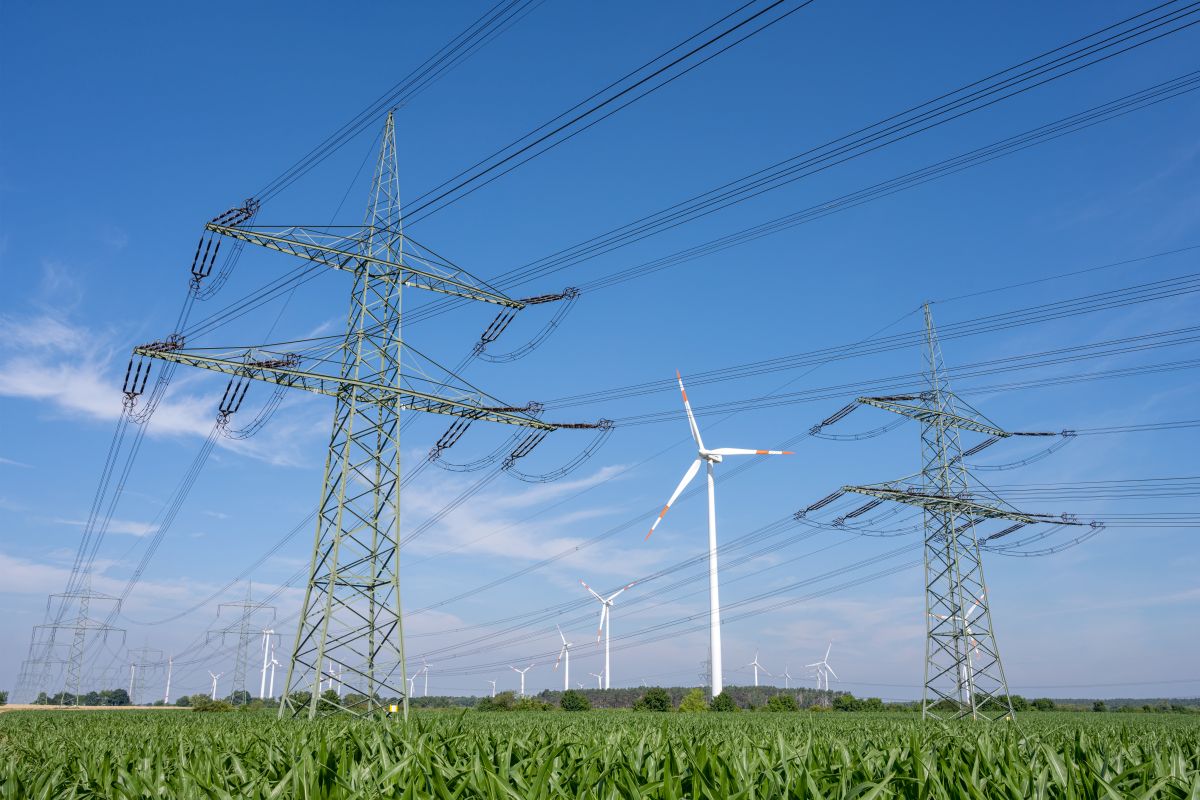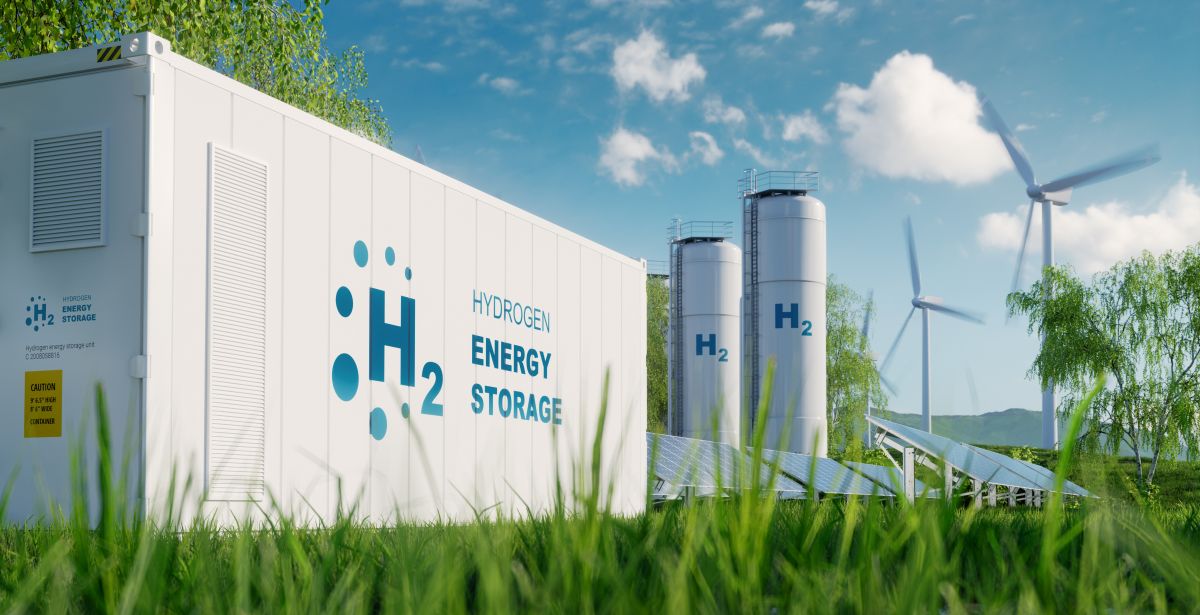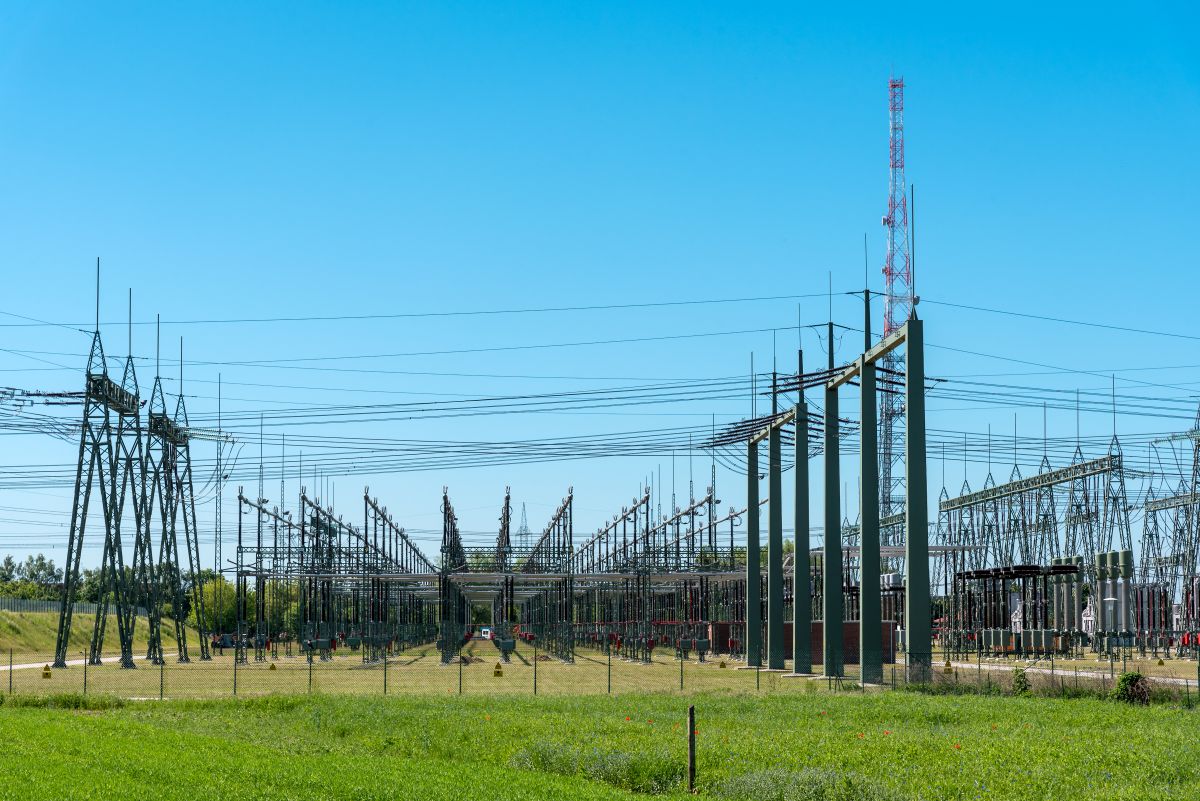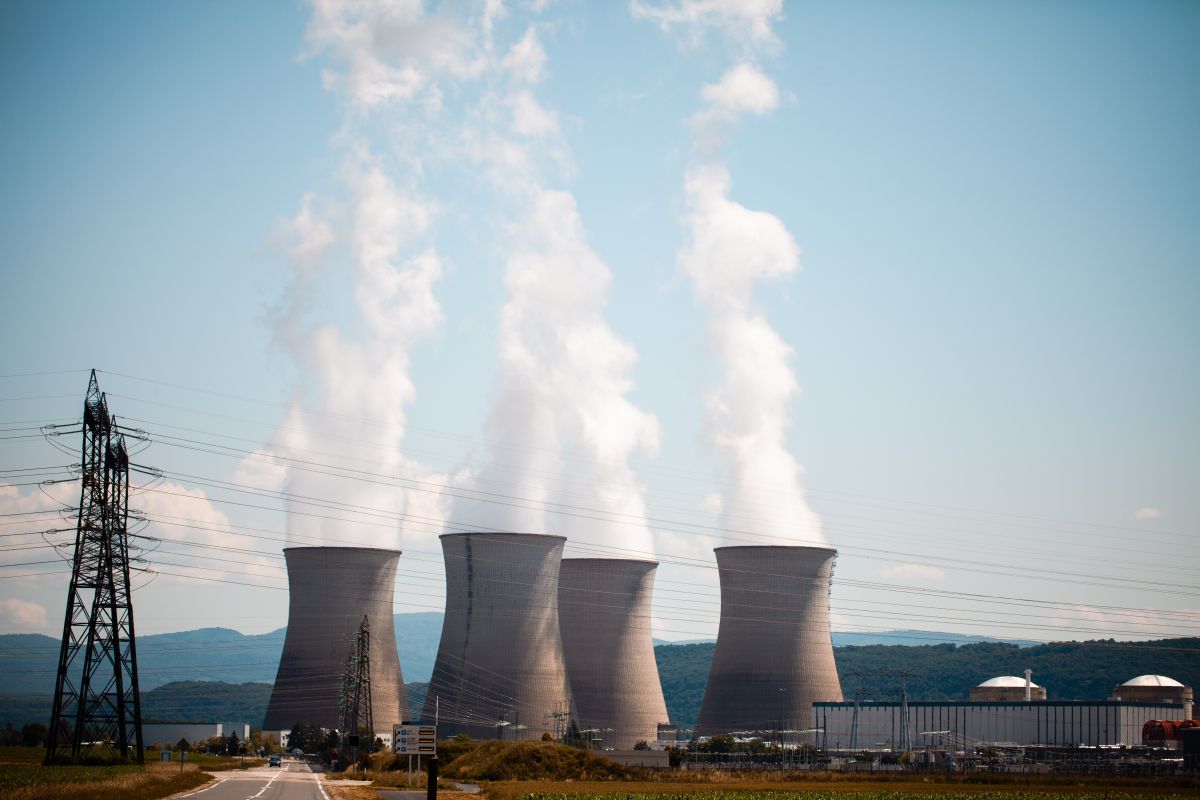The U.S. power grid is increasingly vulnerable to extreme weather events. Severe winters, heat waves, and catastrophic hurricanes are becoming more and more frequent, and utilities must be equipped to manage these challenges. To support this need, the North American Electric Reliability Corporation (NERC) has introduced a new standard, TPL-008-1, which is meant to compel utilities to deviate their planning beyond normal events and make arrangements for high-impact events likely to occur.
Why Did NERC Create TPL-008-1?
Conventional grid planning has historically centered on scenarios such as power line failures or generator outages. Although these factors still count, they are built on forecasted weather patterns. The winter storm Uri, which occurred in 2021, pointed out a major vulnerability as far as utility planning is concerned, because millions of individuals in Texas were faced with prolonged blackouts. This event demonstrated why resilience matters regarding extreme, prolonged, and broad-scale disruptions in weather.
NERC’s TPL-008-1 was developed to fill that gap. It adds a layer of planning that considers extreme weather as a real, recurring risk, not a rare outlier. The goal? Ensure that the grid isn’t just reliable during average days, but also during the worst days.
What Does TPL-008-1 Require?
According to this standard, utilities do not receive a uniform list that fits them all. They are required to develop a realistic benchmark weather event, a weather event that depicts the worst possible conditions that may happen in their area. That could be a second-coldest documented Midwest freeze, a fire-prone heatwave in California, or two back-to-back hurricanes along the southeast.
Here’s what entities must do.
- Define the weather threat using actual climate data and regional risks.
- Run system studies to see how their transmission grid would behave in those conditions.
- Identify critical risk points where the system might overheat, lose voltage control, or even trigger cascading outages.
- Prepare plan mitigation measures via line improvement, operation changes, or emergency controls.
- Update these assessments at least every five years, or sooner if there are big changes to the system.
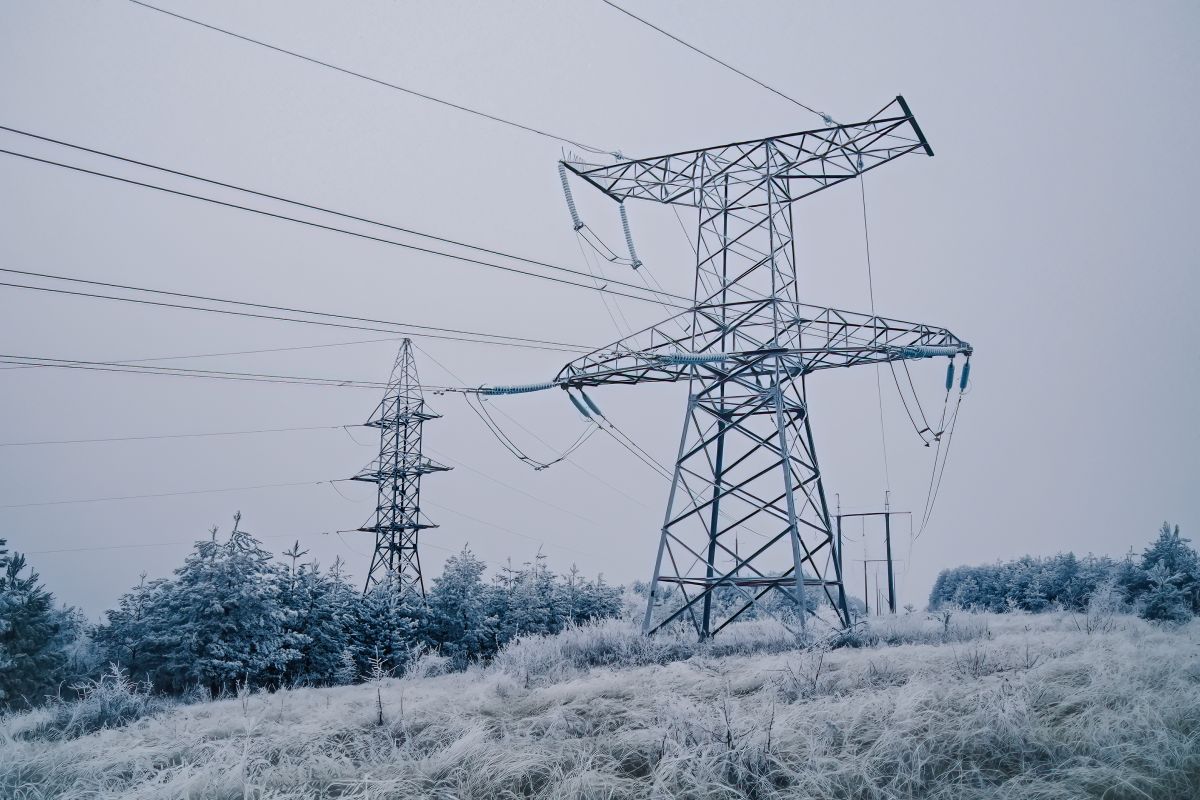
What Makes It Challenging?
The process of implementing TPL-008-1 cannot be reduced simply to plugging some numbers into a model. It is intricate and requires a fundamental shift in utility planning and operations. Some of the major obstacles include:
- Accessing the Right Data: Planners require micro-level, detailed, and localized weather data to remain up-to-date. Many utilities need help pulling in this type of data accurately.
- Advanced Modeling: It’s one thing to simulate a basic outage. It’s another to model what happens when high winds knock out multiple lines, transformers are derated due to heat, and demand spikes simultaneously.
- Cost and Justification: Weatherizing infrastructure or upgrading lines costs money. Utilities need to show regulators that the investment is both necessary and effective.
- Cross-Team Coordination: This type of planning reaches into engineering, operations, regulatory compliance, and even procurement. Isolated teams will struggle with execution.
To put it briefly, TPL-008-1 requires a multidisciplinary, progressive-thinking solution.
How Certrec Supports TPL-008-1 Compliance
If you’re looking at TPL-008-1 and wondering where to start, Certrec’s regulatory experts have the expertise to help. We work closely with utilities to:
- Build region-specific benchmark weather scenarios
- Run simulations that reveal vulnerabilities
- Prepare all required documentation and reporting
- Train teams on how to manage ongoing updates and stay compliant.
Our team brings both regulatory know-how and technical experience, so you’re not guessing your way through compliance.
Conclusion
Through TPL-008-1, NERC is establishing improved standards that give utilities a framework for preparing for extreme weather events. Grid operators can no longer afford to be more reactive. Whether in extreme cold, a days-long hot spell, or a rapidly moving storm, by complying with TPL-008-1, utilities can ensure grid resilience and operational integrity are protected.
1. How much have extreme weather events increased in the U.S. grid over the past decade?
2. What percentage of grid disturbances in recent years were caused by extreme weather?
3. How many people were affected by Winter Storm Uri in 2021, and how is it related to TPL-008-1?
4. What financial impact do weather-related outages have on the U.S. economy annually?
5. How frequently must utilities update their extreme weather planning assessments under TPL-008-1?
Disclaimer: Any opinions expressed in this blog do not necessarily reflect the opinions of Certrec. This content is meant for informational purposes only.
